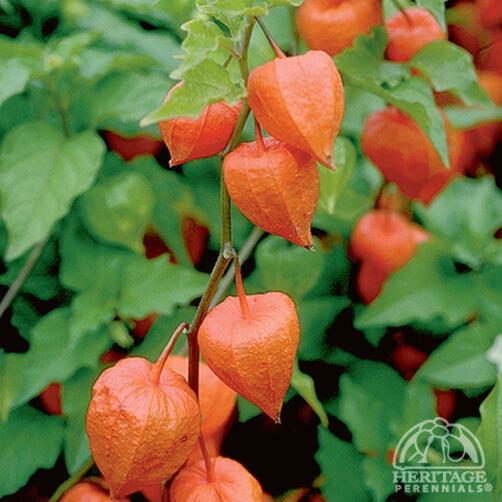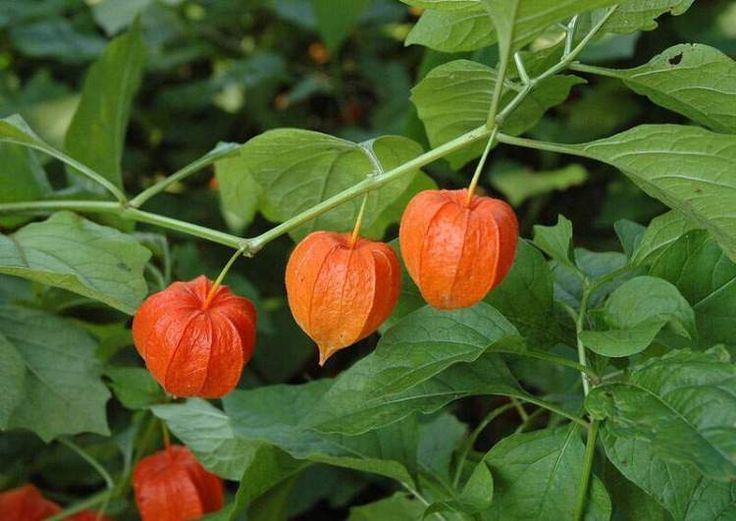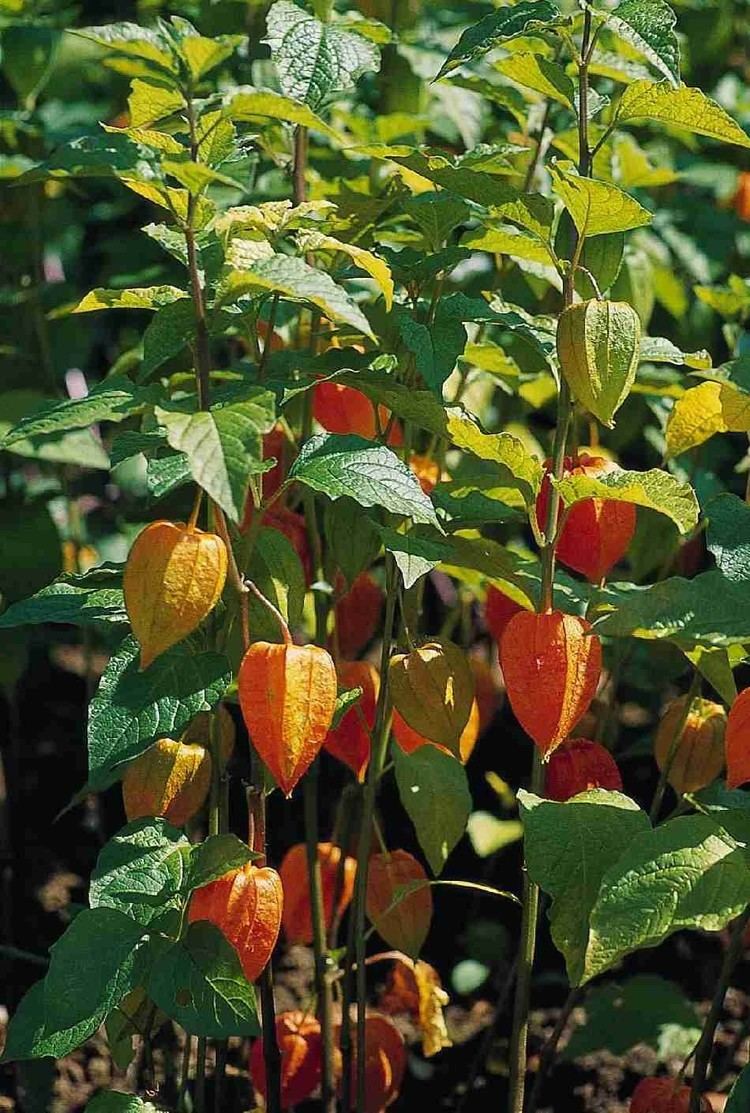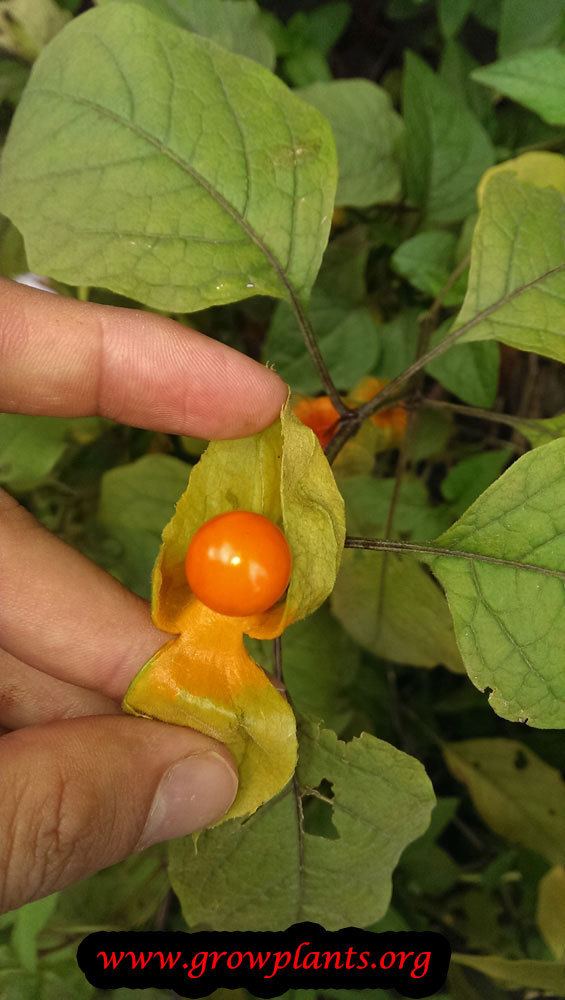Rank Species | Genus Physalis Higher classification Physalis | |
 | ||
Similar Physalis, Peruvian groundcherry, Nightshade, Physalis angulata, Black nightshade | ||
Chinese lanterns physalis alkekengi
Physalis alkekengi (bladder cherry, Chinese lantern, Japanese-lantern, strawberry groundcherry, or winter cherry;) is a relative of P. peruviana (Cape gooseberry). It is easily identifiable by the large, bright orange to red papery covering over its fruit, which resembles paper lanterns. It grows naturally in the regions covering Southern Europe to South Asia and Japan. It is a perennial herbaceous plant growing to 40–60 cm tall, with spirally arranged leaves 6–12 cm long and 4–9 cm broad. The flowers are white, with a five-lobed corolla 10–15 mm across, with an inflated basal calyx which matures into the papery orange fruit covering, 4–5 cm long and broad.
Contents
- Chinese lanterns physalis alkekengi
- Physalis alkekengi chinese lanterns
- Cultivation
- Traditional uses
- Chemical constituents
- Cultural significance
- Fossil record
- References

Physalis alkekengi chinese lanterns
Cultivation

It is a popular ornamental plant, though it can be invasive with its wide-spreading root system sending up new shoots some distance from where it was originally planted. In various places around the world, it has escaped cultivation.
Traditional uses

The dried fruit of P. alkekengi is called the golden flower in the Unani system of medicine, and used as a diuretic, antiseptic, liver corrective, and sedative.
Chemical constituents
Like a number of other species in the genus Physalis, it contains a wide variety of physalins. When isolated from the plant, these have antibacterial and leishmanicidal activities in vitro.
It also contains caffeic acid ethyl ester, 25,27-dehydro-physalin L, physalin D, and cuneataside E.
Cultural significance

In Japan, its seeds are used as part of the Bon Festival as offerings to guide the souls of the deceased. Also, an annual market is dedicated to the flower called hōzuki-ichi, which occurs in Asakusa around Sensō-ji every year on July 9 and 10.
Fossil record
Physalis alkekengi pollen have been found in early Pleistocene sediments in Ludham east of Wroxham, East Anglia.

